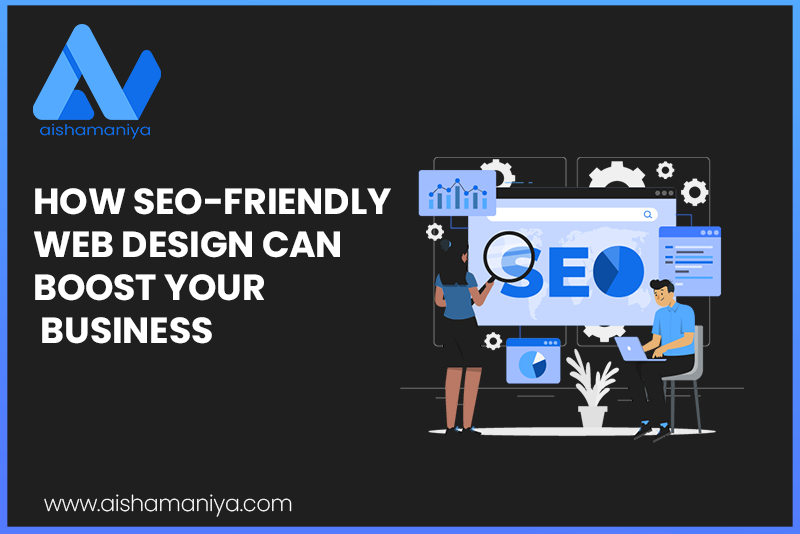In today’s digital world, simply having a website isn’t enough. Your site must not only look good but also perform well in search engines. This is where SEO-friendly web design comes in. Combining great design with smart SEO strategies can significantly boost your visibility, traffic, and ultimately, your business growth.

SEO-friendly web design is the practice of creating websites that are easy for search engines to crawl, understand, and index. It ensures that your website meets both user and search engine expectations in terms of usability, structure, speed, and mobile responsiveness.
Search engines like Google prioritize websites that are fast, mobile-friendly, and easy to navigate. If your website lacks these elements, it may rank lower in search results, making it harder for potential customers to find you online. By integrating SEO principles into the design process, you create a solid foundation for online success.
Over half of web traffic comes from mobile devices. A responsive design adapts your site’s layout and content to different screen sizes, improving user experience and SEO performance.
Page speed is a major ranking factor. Optimizing images, leveraging browser caching, and minimizing code can significantly reduce load times and improve search rankings.
Using semantic HTML and keeping your codebase clean makes it easier for search engine bots to crawl and understand your site’s content.
A logical, easy-to-follow site structure enhances both user experience and search engine indexing. Include clear menus, internal linking, and a sitemap.
Use proper heading tags (H1, H2, H3) and include target keywords naturally in content. This helps search engines understand your site’s topic hierarchy.
Use descriptive filenames and ALT tags for images. Not only does this improve accessibility, but it also helps your images rank in Google Image Search.
Google favors secure websites. An SSL certificate (HTTPS) builds trust with users and improves your site’s SEO.
Investing in SEO-friendly web design is not just about pleasing search engines—it’s about delivering a high-quality experience to your visitors. A well-optimized, responsive, and user-focused website sets your business apart, attracts more traffic, and converts visitors into loyal customers. If you’re ready to take your online presence to the next level, make SEO a core part of your design strategy.
We are a rapidly expanding business that is leading the way in innovation and success in the web design and development services
© Copyright 2023 All Rights Reserved.
WhatsApp us